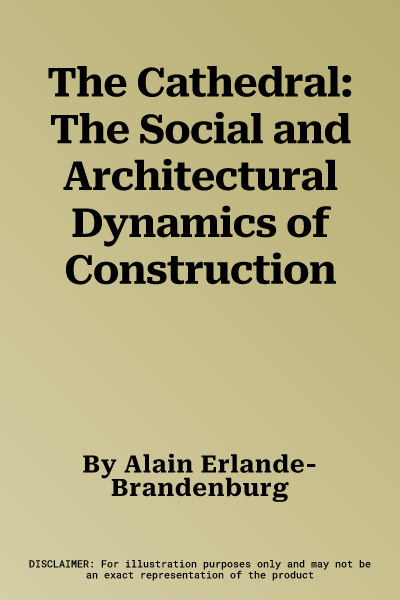Alain Erlande-Brandenburg
(Author)The Cathedral: The Social and Architectural Dynamics of ConstructionHardcover, 25 November 1994

Temporarily out of stock
Free Delivery
Cash on Delivery
15 Days
Free Returns
Secure Checkout

Part of Series
Cambridge Studies in the History of Architecture
Print Length
400 pages
Language
English
Publisher
Cambridge University Press
Date Published
25 Nov 1994
ISBN-10
0521411181
ISBN-13
9780521411189
Description
Product Details
Author:
Book Format:
Hardcover
Date Published:
25 November 1994
Dimensions:
25.32 x
19.61 x
2.64 cm
ISBN-10:
0521411181
ISBN-13:
9780521411189
Language:
English
Location:
Cambridge
Pages:
400
Publisher:
Weight:
1124.91 gm